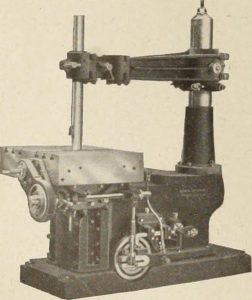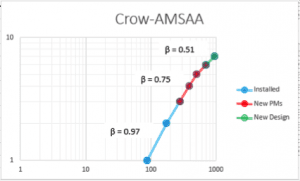
Suppliers always declare their commitment to the highest standards of quality as a core value, but many have trouble living up to that promise.
I can’t tell you how many times I’ve visited suppliers who proudly display their framed ISO certificates in the lobby yet suffer from persistent quality problems that lead to higher cost and schedule delays.
Here’s how you can tell if they’re really serious:

 Are the Measures Failure Rate and Probability of Failure Different?
Are the Measures Failure Rate and Probability of Failure Different?












 Ask a question or send along a comment.
Please login to view and use the contact form.
Ask a question or send along a comment.
Please login to view and use the contact form.